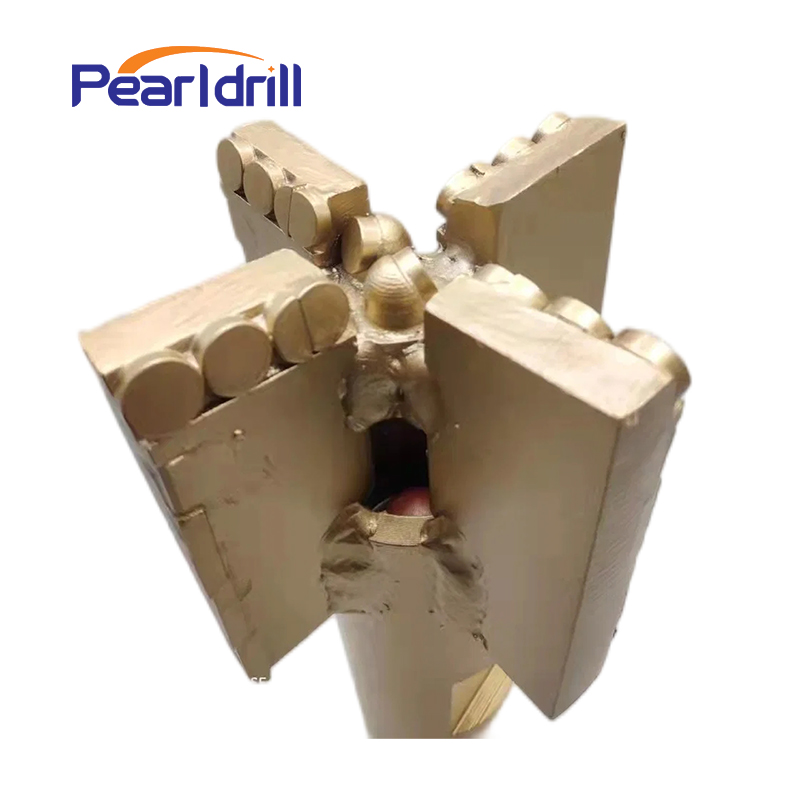What does rig suitability mean when selecting a drill bit?
Rig suitability refers to how well the drill bit matches the rig being used in the following ways:
Firstly, it is the fitness in terms of dimensional specifications.
The shape and size of the connecting part of the drill bit (e.g. the shank) should match the clamping device or interface of the drill rig, so that it can be firmly mounted without loosening or mismatch that prevents it from working properly.
Secondly, the power and torque should be adapted.
If the drill bit needs more driving power and torque to realize effective drilling, and the power and torque provided by the Drilling Rig is not enough, it may lead to drilling difficulties, inefficiency, or even damage to the drilling rig or drill bit.
In addition, it is also necessary to adapt in terms of rotational speed.
Different types of drills have their own suitable speed range, and the drilling rig should be able to provide the appropriate speed adjustment capability to ensure that the drill can work at the optimal speed and play the best performance.
For example, a certain type of large tooth wheel bit requires high torque and power to drive, it must be installed on a large drilling rig with corresponding capacity; while some small twist bits are suitable for use with small handheld drilling rigs, if they are installed on a drilling rig with too much power, it may lead to inconvenience in operation or excessive wear and tear on the drill bit. Therefore, when choosing drill bits, we should fully consider the suitability with the drilling machine used in these aspects, in order to guarantee the smooth running of the drilling work and good results.

High Quality PDC Diamond Scraper Water Plugging Bits